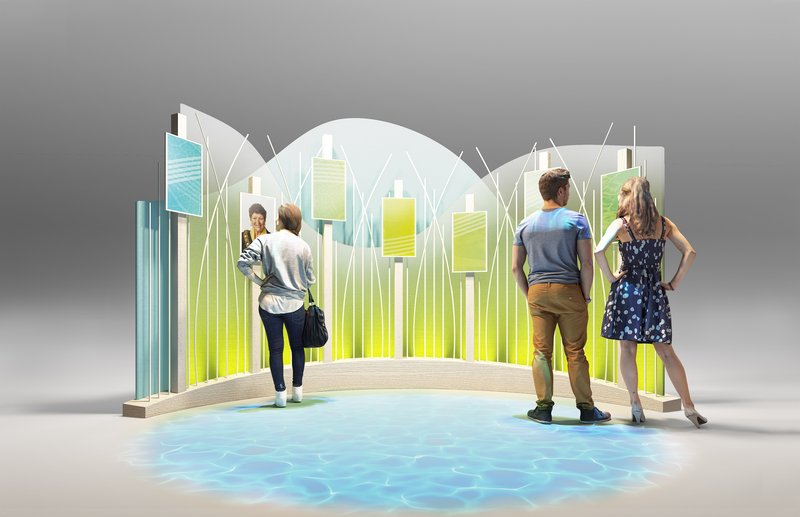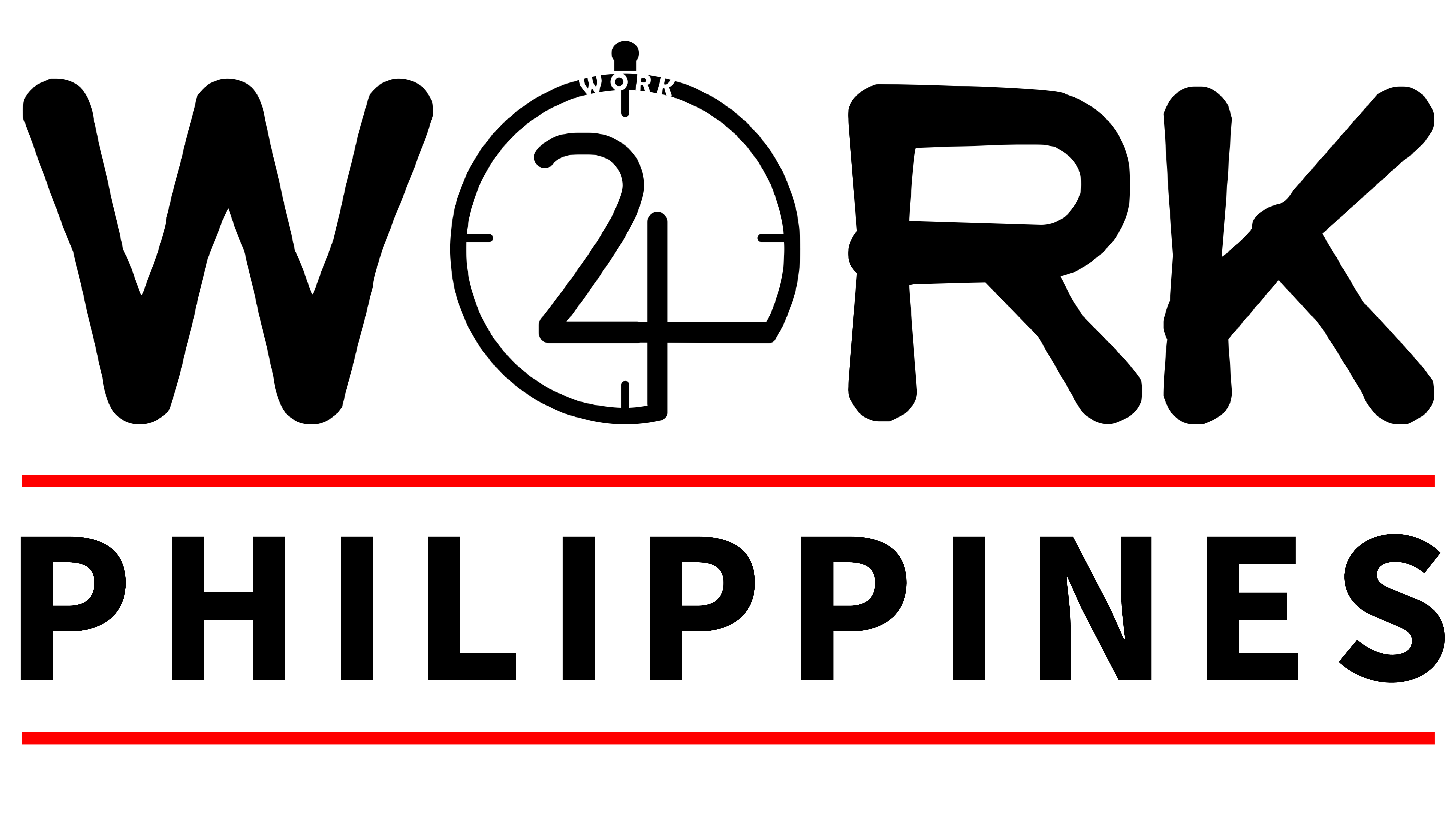3D Rendering Transforming Ideas into Visual Reality

0

- What is 3D rendering?
- Difference between 3D modeling and rendering.
- Applications of 3D rendering in various industries.
Types of 3D Rendering
- Real-time rendering: Uses in gaming and interactive simulations.
- Offline rendering: High-quality visuals for movies, architecture, and marketing.
- Photorealistic vs. non-photorealistic rendering.
The Process of 3D Rendering
- Conceptualization and creating a 3D model.
- Applying textures, materials, and lighting.
- Rendering the scene and refining the output.
- Post-production and adding final touches.
Tools and Software for 3D Rendering
- Popular 3D rendering tools: Blender, 3ds Max, Maya, Cinema 4D.
- Rendering engines: V-Ray, Arnold, Redshift, Unreal Engine.
- Cloud rendering services for scalability and efficiency.
Applications of 3D Rendering
- Architecture: Creating lifelike visualizations for real estate and urban planning.
- Entertainment: Animations, movies, and video games.
- Marketing: Product visualization and immersive advertising campaigns.
- Healthcare: Medical imaging and simulation models.
Benefits of 3D Rendering
- Enhanced visual communication of concepts and designs.
- Cost-effective alternatives to physical prototypes and mockups.
- Customization and flexibility in design iterations.
- Improved decision-making with realistic previews.
Challenges in 3D Rendering
- High computational requirements and rendering times.
- Balancing realism with artistic vision.
- Learning curve for mastering advanced tools and techniques.
Trends in 3D Rendering
- Real-time rendering with advancements in GPU technology.
- Integration of artificial intelligence for faster and smarter rendering.
- Use of virtual reality (VR) and augmented reality (AR) in interactive visualizations.
The Future of 3D Rendering
- Convergence of rendering and AI for hyper-realistic outputs.
- Increased accessibility through cloud-based platforms.
- Expansion of 3D rendering into education and remote collaboration.
Conclusion
- Recap of the transformative power of 3D rendering.
- Encouragement to explore rendering technologies to bring ideas to life.
Related Tags
No tags available

 +639178044284
+639178044284 



No comments found.